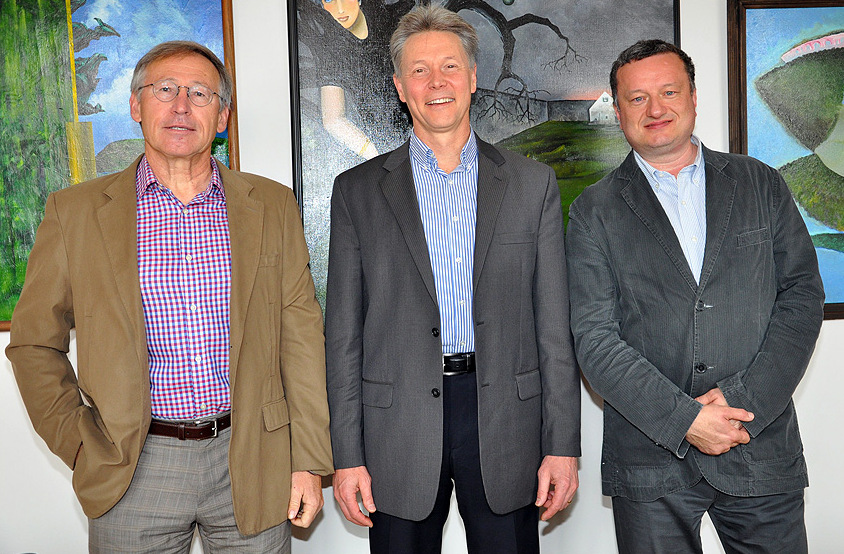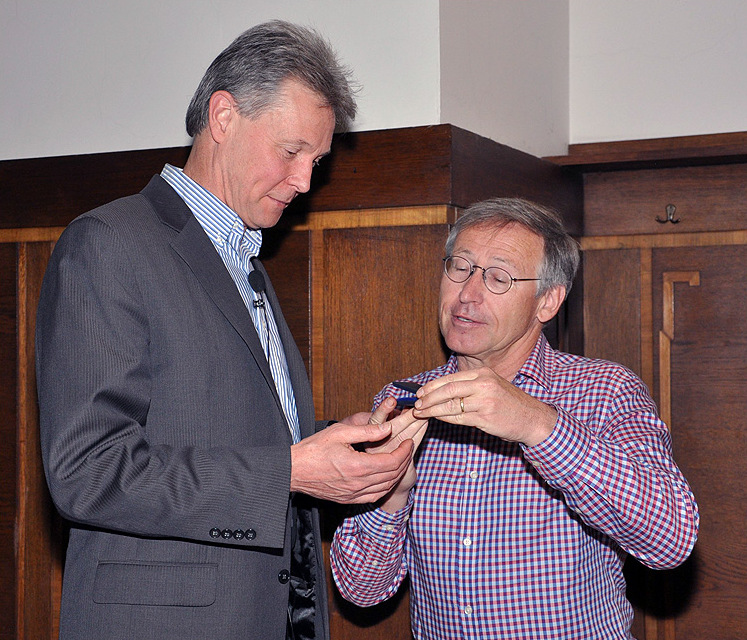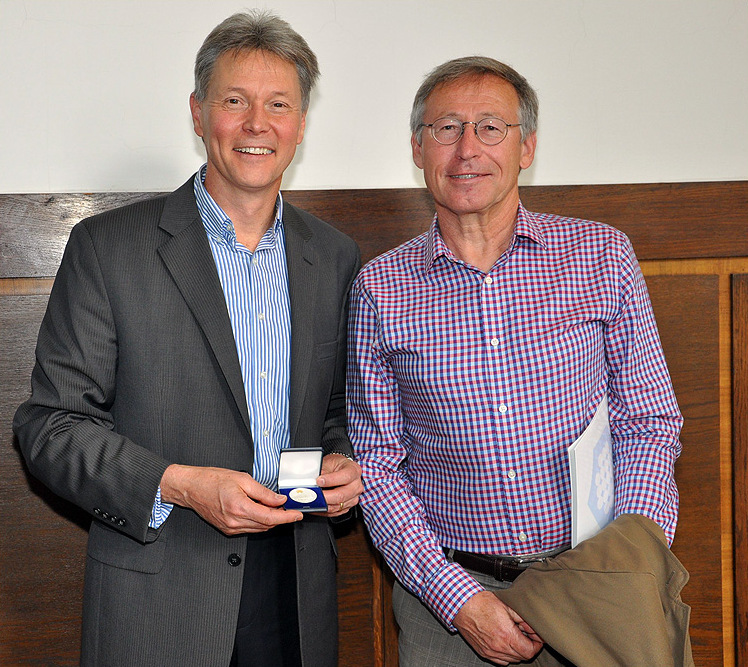Prof. Charles S. Craik (University of California San Francisco, CA, USA)
Profiling and Detecting Unregulated Proteolytic Activity
Abstrakt
Functional imaging is an increasingly common approach to measure biological processes in living animals. Enzyme-activated agents offer the potential for higher signal intensity than comparable probes that rely upon one-to-one interaction stoichiometry yet traditionally suffer from low target specificity and signal intensity. Proteases are of particular interest given their associations with disease and exemplify the difficulty of targeting on the basis of their activity. We have developed a mass spectrometry based assay to screen and profile the substrate specificity of any protease. We hypothesized that cleavage of a peptide substrate by a protease requires only two suitably positioned amino acids. We designed and synthesized a physicochemically diverse library of peptides that contains all neighbor and near-neighbor amino acid pair combinations. Since the entire library is chemically defined, time-dependent quantitation of products in the assay using mass spectrometry can be used to calculate kinetic constants. This technique is referred to as Multiplex Substrate Profiling by Mass Spectrometry (MSP-MS) and can simultaneously assay all proteases in a biological sample and can provide the proteolytic signature of a cell. By combining this signature with a membrane targeting sequence, we have developed restricted interaction peptides (RIPS) that can image proteases such as thrombin during blood clotting and proteases associated with cancer and development. The ability to image and measure these activities non-invasively with high sensitivity is coupled with the further advantage of tracking the signal following tissue processing owing to a novel mechanism of probe deposition. Combination of these two powerful technologies is providing non-invasive, whole body imaging agents for monitoring disease at the functional level of the cell.






